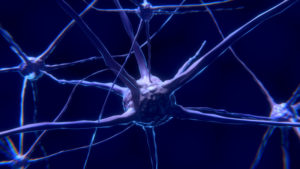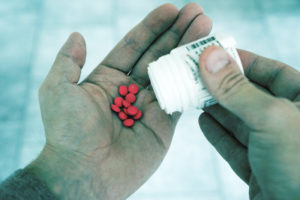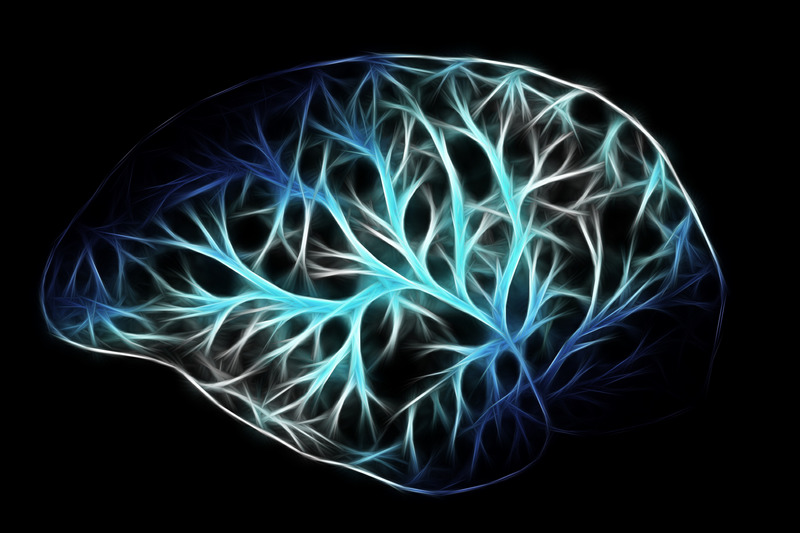By Gaurav Dubey (MS Biotechnology)
This blog was initially published here for Evolve Indy. To read the full article, please visit us at EvolveIndy.com!
To learn more about how substance abuse disorder is a symptom of dopamine imbalance in the brain and not a disease in and of itself, listen to James Sweasy Live discuss low-dopamine and it’s relationship to substance abuse disorder (SUD) in this podcast. Also, check out his Youtube video exploring dopamine imbalance below!
Addiction Is Not a Disease, But The Underlying Dysregulation in Brain Chemistry Certainly Is
Over the course of human history, drug and alcohol addiction has been a powerful force, controlling the lives of its victims. Until recently, addiction has been viewed as a moral failing or character weakness, but scientific studies and clinical trials conducted over the last few decades suggest that an individual’s brain chemistry plays a significant role in predisposing them to addiction. Another popular, albeit incomplete, assessment of addiction is simply labeling it as a “disease.” In reality, drug and alcohol addiction is but a symptom of an underlying disease characterized by dopamine imbalance in the brain. Thus, it is crucial to note that addiction is a disease of the brain’s reward system, which heavily relies on the neurotransmitter dopamine.1 This is an important distinction to draw, as it will help in better understanding a potentially major factor in the etiology of substance use disorder (SUD). This blog will explore dopamine imbalance in the brain and how it relates to the development and progression of SUD.
What Is Dopamine and How Does It Influence The Reward Pathway?
“Brain DA plays a key role in the processing of information about saliency, which is at the heart of its ability to regulate or influence reward, reward expectation, motivation, emotions, and the feelings of pleasure.”1–5 When the brain’s dopamine related circuits operate in an integrated and balanced fashion, the outcome “manifests as the execution of appropriate behaviors (proper inhibitory control and decision making) in a broad range of circumstances.”1 Essentially, this means that people with a normal brain are able to make “better” decisions and exhibit proper self-control in a wide variety of situations. Rational decision-making and the exercising of self-control is generally attributed to proper functioning of the pre-frontal cortex (PFC). Dopamine levels are normally elevated when we perform actions indispensable to our survival, such as eating and procreating. Ultimately, dopamine is what conditions the human race to do the things we need to do to ensure our survival and the propagation of the species. When our natural, endogenous reward circuitry is introduced and consistently exposed to chemicals that radically alter normal dopamine transmission, chaos can ensue.

High-Quality Clinical Evidence Suggests Etiology of Addiction is Genetic
There is solid evidence now that suggests drugs of abuse affect dopamine transmission.6 Because only a minority of people who try drugs of abuse develop a substance use disorder (SUD), attempts have been made to identify predisposing neurobiological features. One long-considered hypothesis is that increased susceptibility reflects preexisting perturbations in the mesolimbic dopamine system.7 That is to say some individuals are highly likely to be more genetically predisposed towards addiction than others. In the “rooms” of Alcoholics Anonymous, a now global fellowship of men and women who help each other live sober and free, this dopamine imbalance is said to manifest as feelings of restlessness, irritability and discontent. Indeed, for such individuals, drugs and alcohol can be a solace at first by temporarily masking their condition by artificially boosting dopamine.
However, as most addicts come to eventually realize about their drug use, it is simply an unsustainable lifestyle. Despite this realization, many find it utterly impossible to quit (as is sadly proved time and again by relapse rates published in the literature). Why exactly do addicts and alcoholics find themselves so powerless in the realm of trying to control alcohol or drug use when they can exceed in exercising self-will and control in other areas of life? Science may provide an answer as we explore how repeated exposure to the common drugs of abuse alters brain chemistry and structure.
Read the full article here, at EvolveIndy.com, to learn more about the neurobiology of addiction and why abstinence helps heal the brain the fastest in recovery.
WORKS CITED
- Volkow, N. D. et al. Addiction: Decreased reward sensitivity and increased expectation sensitivity conspire to overwhelm the brain’s control circuit. BioEssays News Rev. Mol. Cell. Dev. Biol. 32, 748–755 (2010).
- Pacek, L. R. et al. Perceived nicotine content of reduced nicotine content cigarettes is a correlate of perceived health risks. Tob. Control 27, 420–426 (2018).
- Mesolimbocortical and nigrostriatal dopamine responses to salient non-reward events. – PubMed – NCBI. https://www.ncbi.nlm.nih.gov/pubmed/10727783.
- Tobler, P. N., O’Doherty, J. P., Dolan, R. J. & Schultz, W. Reward value coding distinct from risk attitude-related uncertainty coding in human reward systems. J. Neurophysiol. 97, 1621–1632 (2007).
- Human striatal response to salient nonrewarding stimuli. – PubMed – NCBI. https://www.ncbi.nlm.nih.gov/pubmed/12954871.
- Willuhn, I., Wanat, M. J., Clark, J. J. & Phillips, P. E. M. Dopamine Signaling in the Nucleus Accumbens of Animals Self-Administering Drugs of Abuse. Curr. Top. Behav. Neurosci. 3, 29–71 (2010).
- Leyton, M. & Vezina, P. Dopamine ups and downs in vulnerability to addictions: a neurodevelopmental model. Trends Pharmacol. Sci. 35, 268–276 (2014).
- Hatzigiakoumis, D. S., Martinotti, G., Giannantonio, M. D. & Janiri, L. Anhedonia and Substance Dependence: Clinical Correlates and Treatment Options. Front. Psychiatry 2, (2011).
- Your Brain on Drugs: Dopamine and Addiction. Big Think https://bigthink.com/going-mental/your-brain-on-drugs-dopamine-and-addiction (2010).
- Weiss, F. et al. Control of cocaine-seeking behavior by drug-associated stimuli in rats: Effects on recovery of extinguished operant-responding and extracellular dopamine levels in amygdala and nucleus accumbens. Proc. Natl. Acad. Sci. U. S. A. 97, 4321–4326 (2000).
- Boileau, I. et al. Rapid Recovery of Vesicular Dopamine Levels in Methamphetamine Users in Early Abstinence. Neuropsychopharmacology 41, 1179–1187 (2016).
- Garavan, H., Brennan, K. L., Hester, R. & Whelan, R. The Neurobiology of Successful Abstinence. Curr. Opin. Neurobiol. 23, 668–674 (2013).


Recent Comments